
The RML Short Wheelbase is not a restomod. It isn’t a classic, a recreation or a continuation. This is effectively a brand new car. Even though it looks like a classic.
“The only comparison I can think of, with similar levels of research and development, is the Singer DLS,” says Michael Mallock, CEO of RML Group. “That car is clearly inspired by the Porsche 911, but almost every detail is different.”
More car reviews on Motoring Research
Here, inspiration comes from the 1959 Ferrari 250 GT Berlinetta SWB. As one of the three most beautiful cars ever built – the others are the Lamborghini Miura and Citroen DS, in case you wondered – it seems an auspicious place to start.
Made to measure
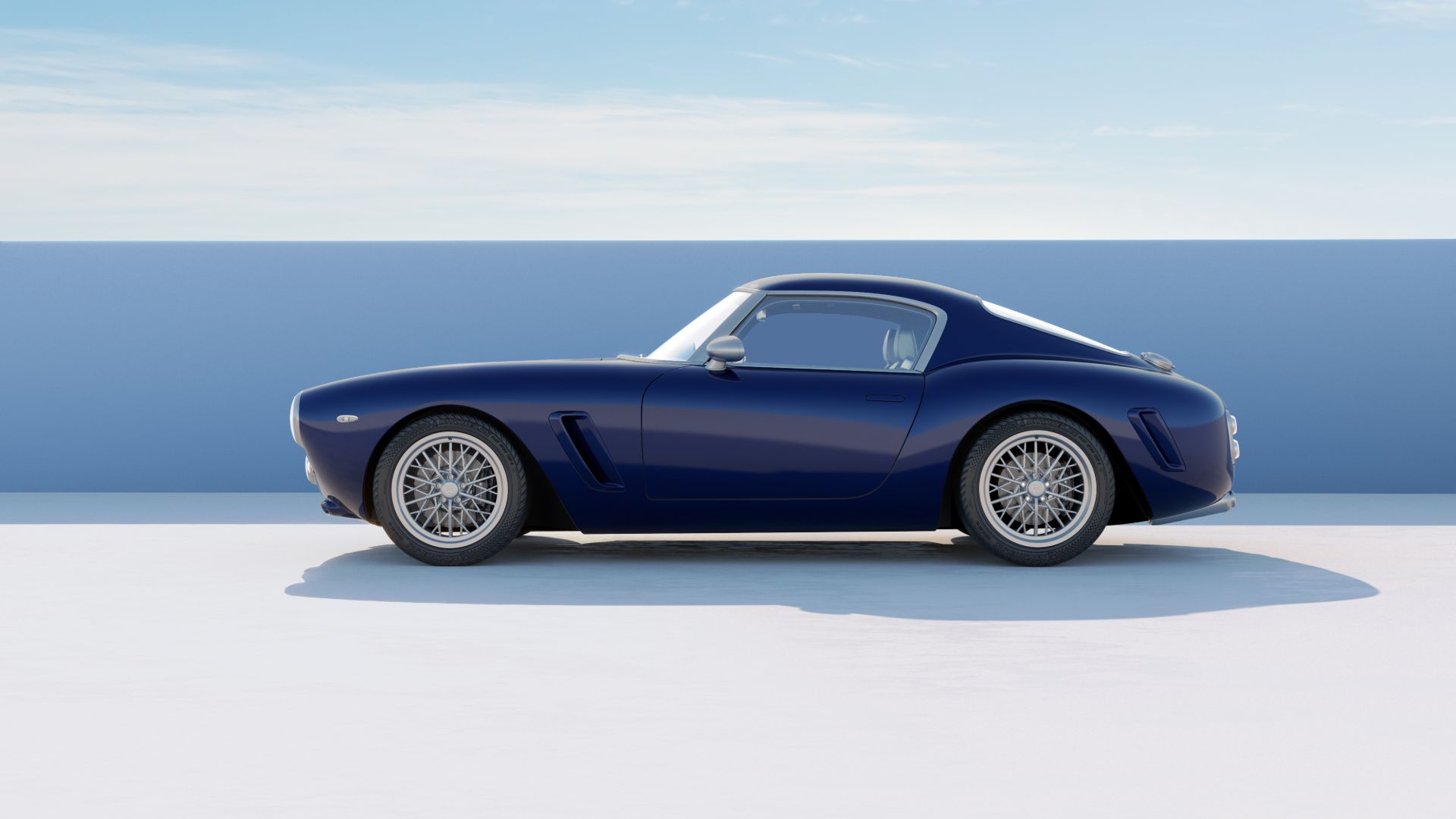
Despite appearances, the RML Short Wheelbase shares nothing tangible with the original SWB. Its V12 engine, manual gearbox and lower body structure come from a Ferrari 550 Maranello (built between 1996 and 2002), body panels are carbon fibre and the all-mod-cons interior is entirely bespoke.
Indeed, the whole car is around 14 percent larger than the Ferrari. “I’m 6ft 4in and can hardly fit into an SWB,” explains Mallock. “I found it uncomfortable to drive for more than a few minutes. Our car has been packaged around me wearing a racing helmet. That set the roofline, then the other proportions flowed from there.”
There’s also a significant difference in price. The RML Short Wheelbase costs around £1.3 million, depending on spec, with first deliveries due in spring 2022. A real 250 GT SWB could set you back anything up to £20 million, if you can find one. No wonder most of the SWBs racing at Goodwood are replicas.
White-label work

Granted, £1.3 million seems a lot for a car made by a company most people have never heard of. But RML Group is no flight-of-fancy supercar start-up. It has designed, engineered and assembled vehicles for major manufacturers and motorsport teams since 1984.
“In most cases, we can’t talk about what we do,” explains Mallock, who left school at 16 to become a professional racing driver. “These are white-label projects that we make happen.”
RML-developed cars he can mention include the Nissan Juke R, a small SUV with Nissan GT-R running gear, and the Saleen S7, arguably America’s first supercar. It also produces a kit to make the Aston Martin Vulcan road-legal, and offers a similar service for Aston’s ‘continuation’ cars: DB5 Goldfinger, DB4 GT and DB4 GT Zagato. Rumours suggest RML was behind the Nurburgring record-breaking NIO EP9 electric hypercar, too.
In motorsport, the company has won five World Touring Car Championships for Chevrolet and supported Aston Martin at Le Mans. It currently supplies the shared components for the entire BTCC grid.
‘A very analogue experience’

Quite a pedigree, then – and that’s part of the reason for the Short Wheelbase. “The car showcases the breadth of our engineering talent. It’s nice to have something we can shout about.”
A mega-horsepower hypercar might have been the obvious shop window, but Mallock seems underwhelmed by the idea: “Many high-end cars aren’t really accessible or usable, with too much power and grip to enjoy on the road. This is the type of car I’d love to drive. It’s fast enough to get your heart going, but offers a very analogue experience.”
Sadly, we won’t sample the finished article until later this year, but ‘Car Zero’ is already being built in the clinically clean workshop beneath Mallock’s office. Time for a closer look.
Past master
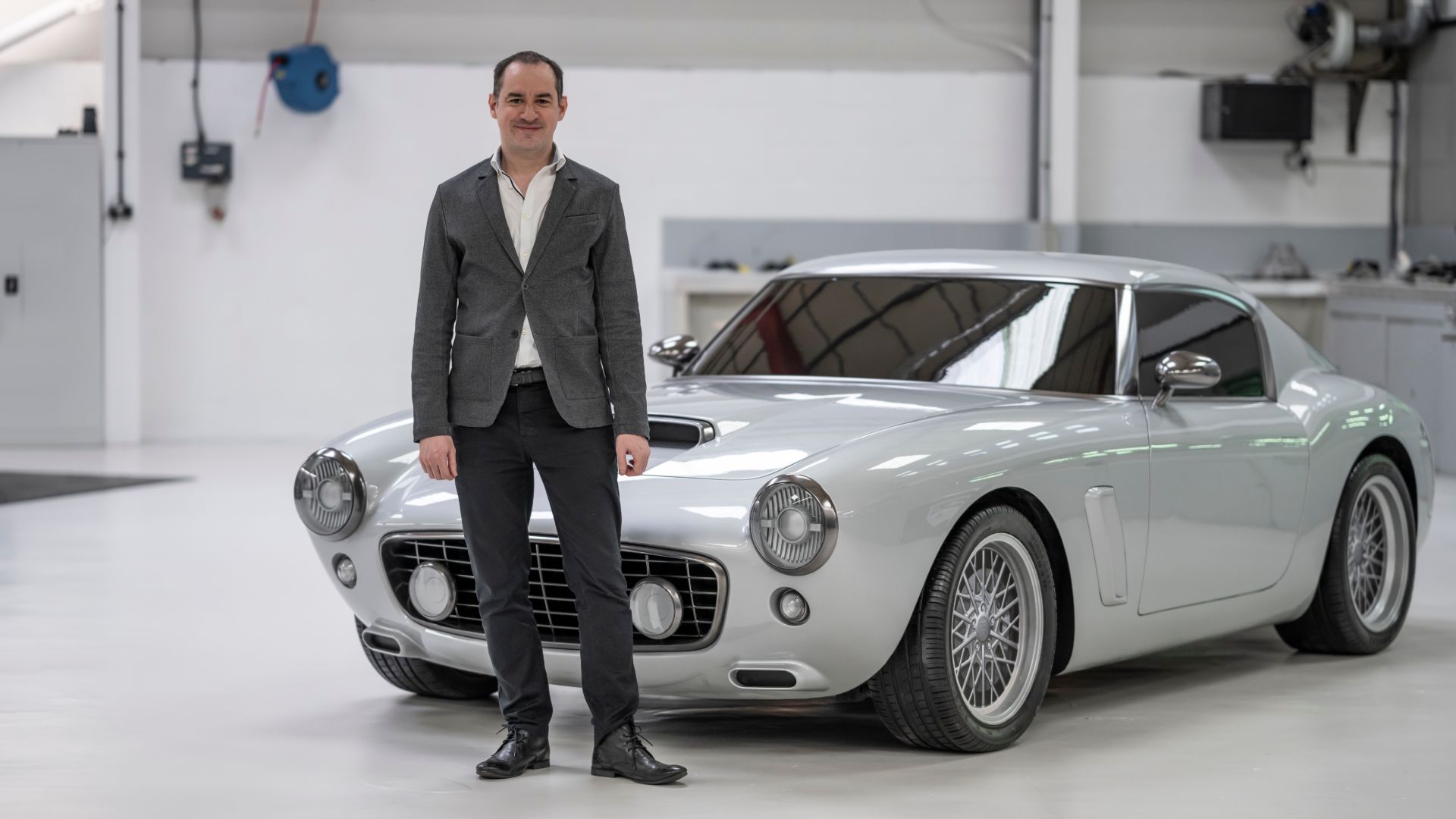
I’m greeted by designer Jonathan Bowen (pictured), who shows me a series of CAD drawings. Some early proposals look a bit bland, others more contrived; the importance of getting the car’s proportions spot-on is evident.
He then uncovers a full-size clay model, which reveals exactly how the production car will look. And… it’s stunning: a faithful recreation of Pininfarina’s masterpiece. In isolation, the Short Wheelbase seems quite large, but Bowen shows me photos of the styling buck ‘parked’ alongside a new BMW 3 Series, which looks similar in size.
Details that catch my eye include the pop-out door handles and LED headlights with vertical ribs that evoke halogen lamps. RML has also repurposed the real SWB’s roof vent into a recess for the high-level brake light.
The dished alloys are 18 inches in diameter, their cross-spokes inspired by classic wire wheels. As for bumpers, they’re optional: quarter units on the front, with a full-width design at the back.
No plastic allowed
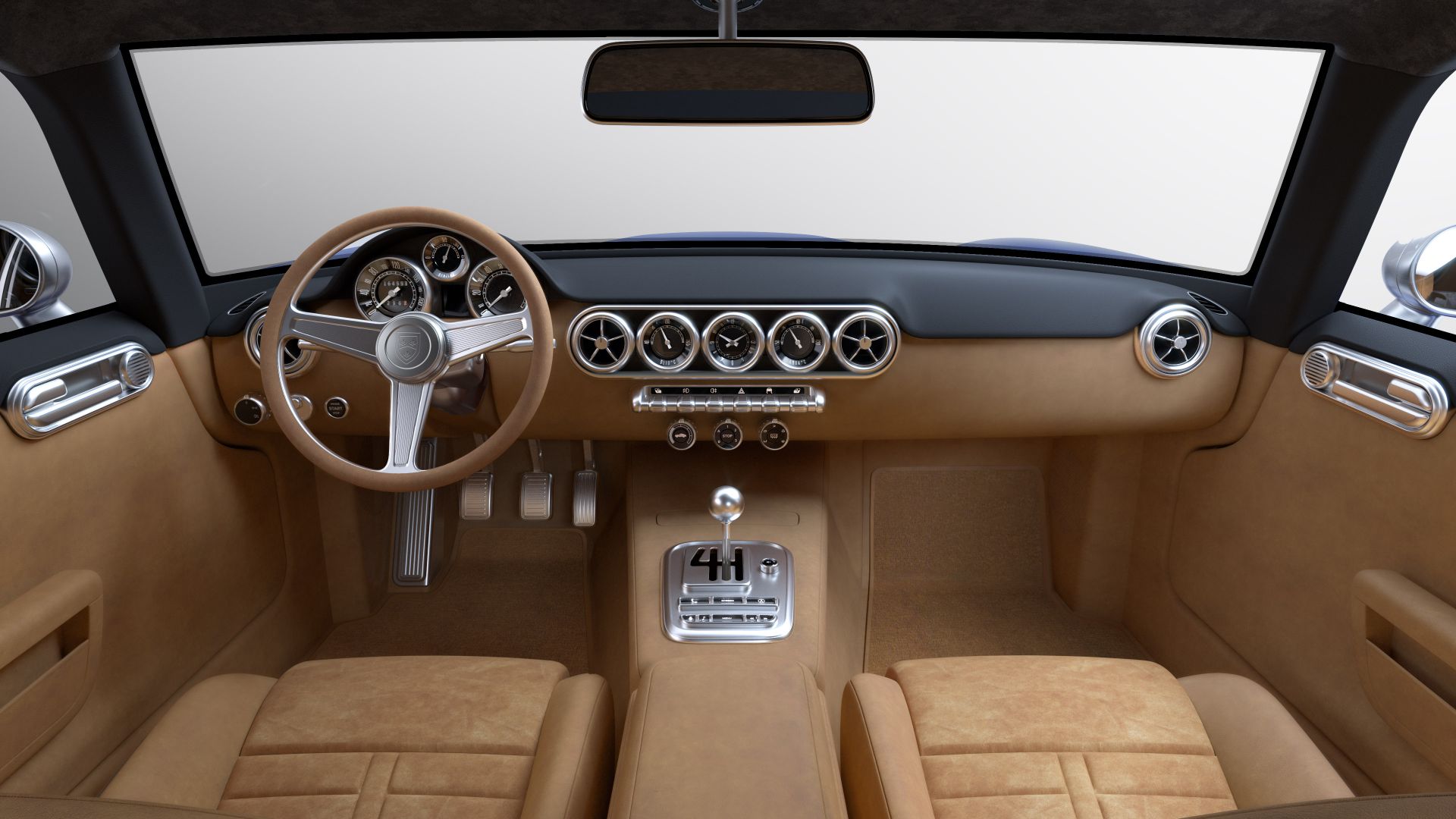
I then sit inside the interior mock-up. The trim is made from clay and wood, but everything is positioned as per the production car. It feels spacious and airy, with an upright windscreen and large rear window promising good visibility.
The slim dashboard houses a compact air-con unit, while the tall transmission tunnel has a pop-up touchscreen for infotainment (including Apple CarPlay and Android Auto connectivity). There are also proper door pockets and even a pair of cupholders – notably absent from the 1959 original.
The dials are conical with etched markings and all the switchgear is specially made. “There are more bespoke components here than on most OEM [car manufacturer] sports cars,” says Bowen. “We could have used an off-the-shelf air vent and saved tens of thousands of pounds, but it would have been plastic. Our touch-points are either leather or machined aluminium.”
Interestingly, the open-gate manual gearbox – so long associated with Ferrari – wasn’t actually a feature of the 250 GT SWB. But would you want your Short Wheelbase any other way?
Testing to 200mph
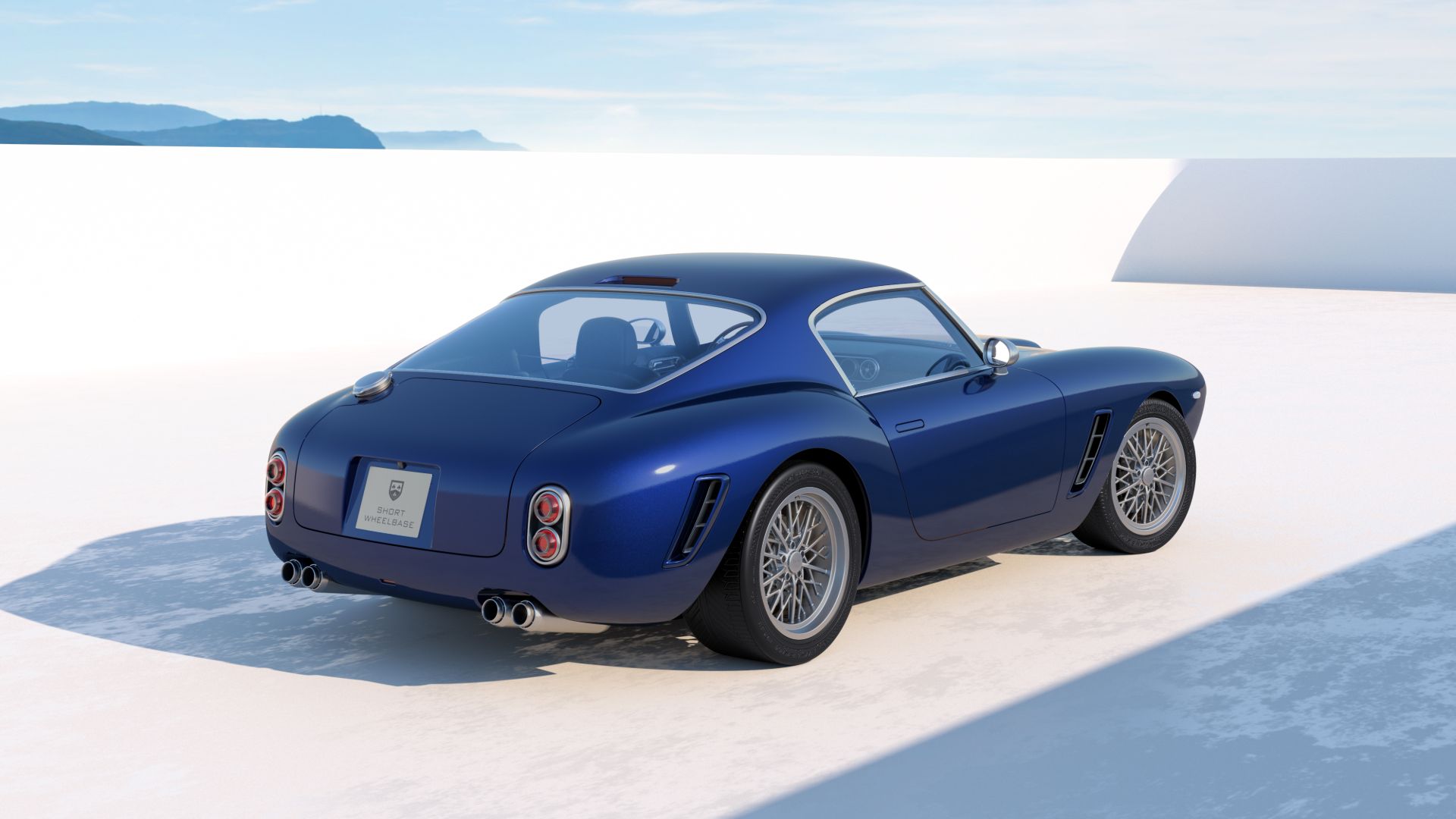
Lastly, I take a look at the chassis for Car Zero. There’s not much of the donor 550 Maranello left, but maintaining the car’s basic structure means it can keep its original identity – important for the US market, which would demand new-car homologation (i.e. emissions and crash tests) if not.
The 485hp naturally aspirated V12 isn’t modified because, frankly, it doesn’t need to be. In a car that weighs around 200kg less than the 550 (target dry weight is 1,485kg), performance should be plentiful. Expect 0-62mph in 4.1 seconds and a top speed “in excess of 185mph”.
“We’ve tested the car up to 200mph in our virtual CFD wind tunnel,” explains Bowen. “The next step is testing it on the road.”
More projects to come
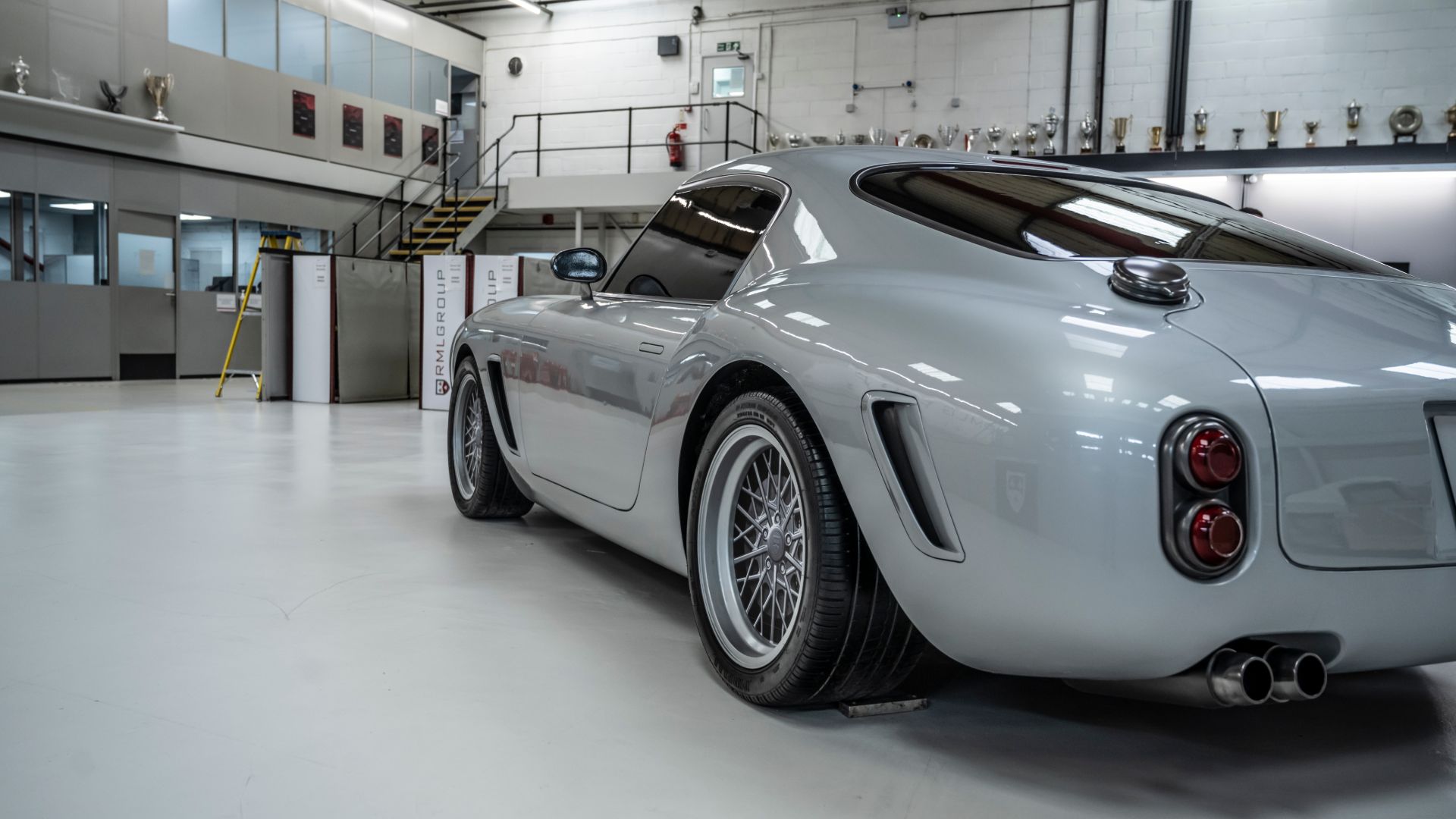
Mallock says the Short Wheelbase is a very different proposition to the forthcoming GTO Engineering Squalo – another car revealed this year that, coincidentally, also uses the 250 GT SWB for inspiration. “That will probably offer a more ‘1960s’ driving experience. Our car is more modern and comfortable – and it arrives sooner [the Squalo is due in 2023].”
No more than 30 examples of the Short Wheelbase will be made, so production is very small-scale. But this could be the start of something much bigger.
“This is the first of several projects,” Mallock continues. “We’ll be working with Short Wheelbase customers to determine what the next RML Group car will be. It won’t be Ferrari-based, though. We don’t want to be pigeonholed.”
ALSO READ:
GTO Engineering 250 GT SWB Revival 2021 review